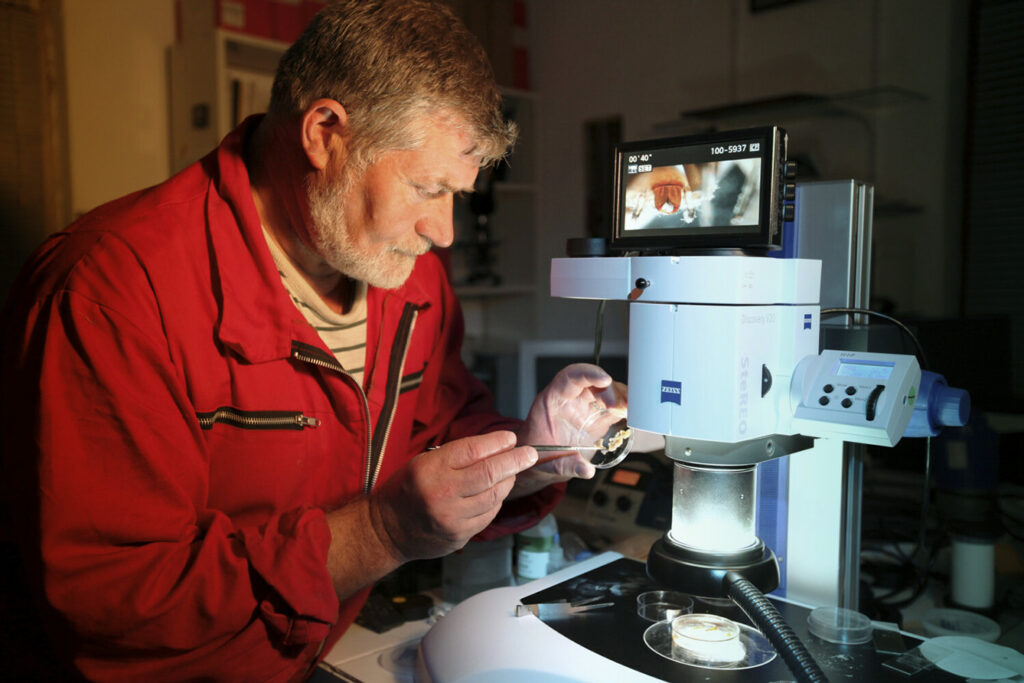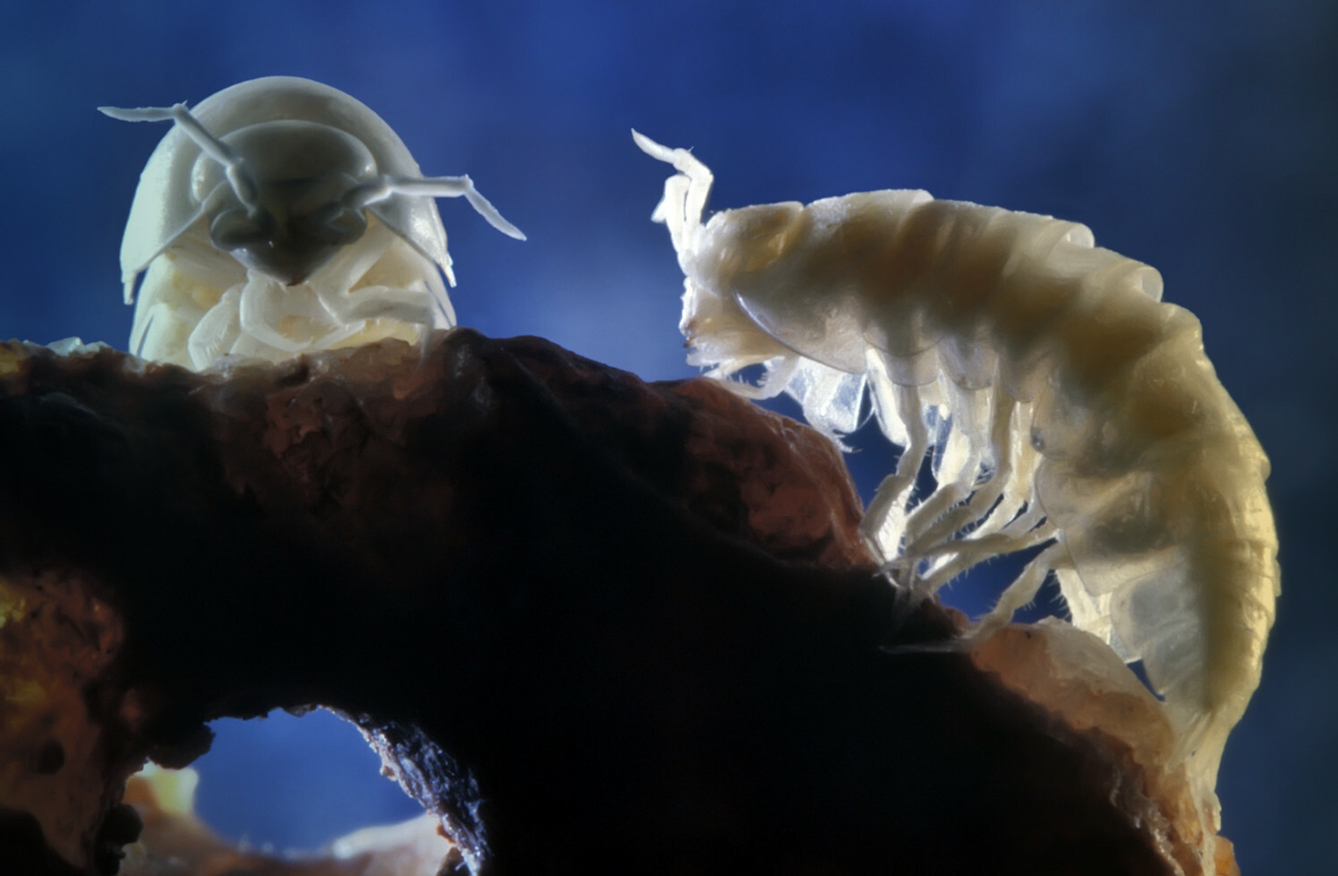The year was 1986. It was just another day at work for Romanian geologist and speleologist Cristian Lascu, who was drilling probes to find a location for a geothermal power station. What he found instead were signs of a cave completely sealed off from the surface of the earth just six meters below his feet.
Movile cave: a world of its own
Little did Lascu know at the time, he had actually happened upon a unique ecosystem, different from those found on any other place on the planet. An ecosystem with concrete proof of evolutionary forces, full of creatures that had found a way to adapt to the most hostile conditions imaginable.

Movile Cave, as it was later to be known, is truly a thrilling marvel. The thrill comes from the fact that it was sealed 5.5 million years ago, right around the time that the modern forms of plants and animals were developing. And boy, did they develop in ways that differ from any other biome on Earth! Fifty-seven species of insects, spiders, worms and arthropods not only managed to survive, but to thrive in this extremely hostile environment. 37 of those species are endemic to this very sealed-off cave. Most are blind and translucent due to lack of any sort of benefit from either eyesight, appearance or reflecting light.
A thriving, full circle food chain
The air in the cave is very low on oxygen. In fact, it has only about a half of the amount in regular air, though it’s about a hundred times higher on carbon dioxide. It also contains high levels of methane. Both air and water contain also large amount of ammonia and hydrogen sulfide. Although human researchers can spend no more than two to three hours in the cave, 57 species of flora and fauna have managed to live in it for millions of years, with a full circle food chain from bacteria to fungi to plants to predatory animals.
Ten years after the discovery, the cave was researched by NASA scientists, who brought with them all sorts of complex laboratory devices and formed a collaboration with their Romanian counterparts. There are still questions to be answered, the first and foremost being how the living creatures got there and how they managed to adapt to this hostile environment.
Scientists hope that studies of Movile Cave can give them insight to living with greenhouse gases, and possibly even show ways to adapt in off-Earth biomes for the future. To preserve this unique research spot, exploration of the Movile Cave is strictly limited to researchers. However, scuba divers can explore equally fascinating – if not quite as unique – geomanifestations just two kilometers from the grotto on the Black Sea shore in Mangalia.
You may be also interested in our article about Polish Forest Where the Trees Have Turned to Stone







